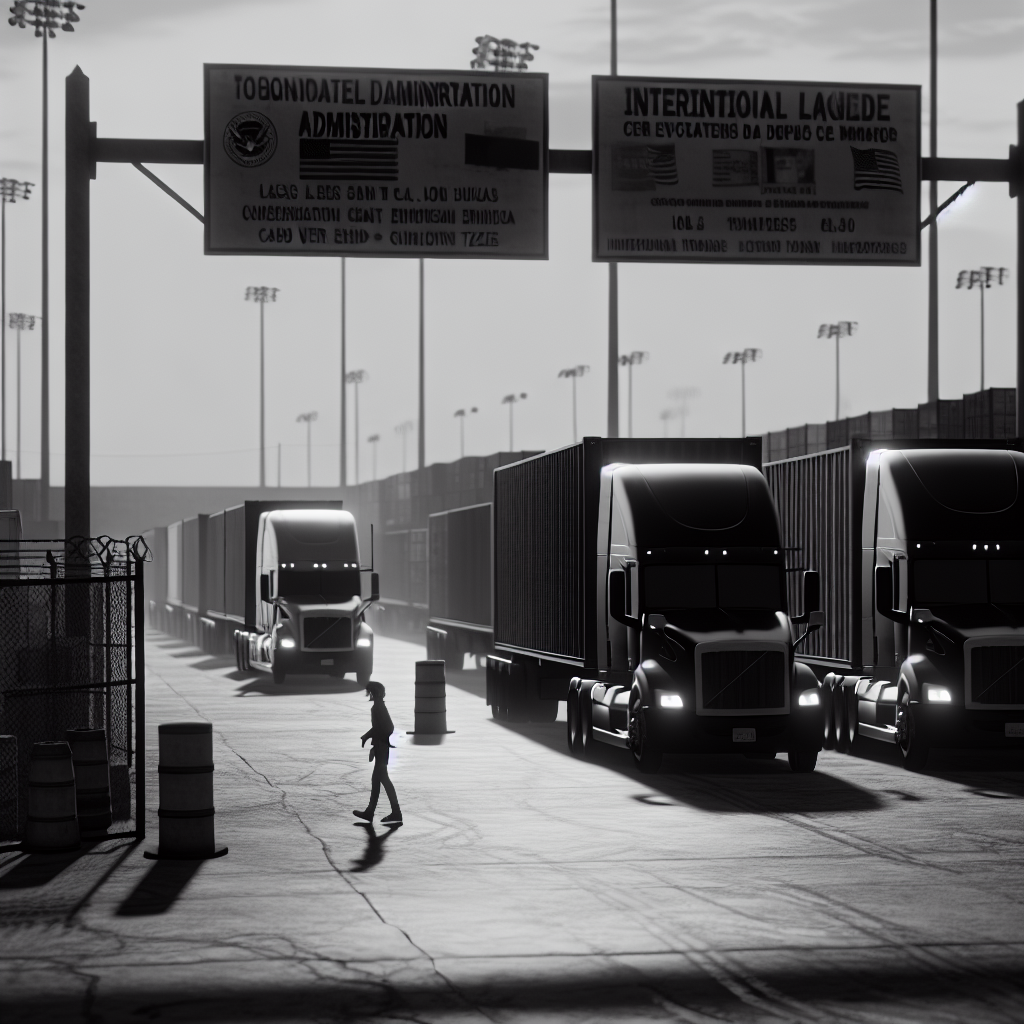Importers are accelerating plans to park inventory in U.S. foreign trade zones (FTZs) and bonded warehouses tied to the Mexico border as tariff pressure mounts, a shift that is reshaping cross-border trucking flows around Laredo and other ports of entry. Operators say the pivot isn’t a loophole play but a compliance-heavy way to buy time, manage cash and decide where goods ultimately land. One logistics provider recently activated an FTZ in Laredo to give shippers a holding pen for Mexico-origin and global freight while they navigate volatile duty exposure and routing decisions, noting that CBP oversight, licensing and audits are table stakes — and startup costs can approach tens of thousands of dollars.
Why it matters to carriers: FTZs and bonded sites change the cadence of cross-dock and linehaul moves. Merchandise admitted to an FTZ can sit indefinitely without duty until it formally enters U.S. commerce — or be re-exported without paying U.S. duties — while bonded warehouses cap storage at five years but are often quicker to stand up. For trucking networks, that means more short-haul shuttles to and from FTZs near the bridges, steadier pull schedules as importers “meter” entries, and greater reliance on compliant drayage partners familiar with weekly entry filings and zone transfer paperwork. Recent real-world use cases include furniture staged in Laredo for U.S./Canada distribution and beverage packaging held in bond to delay duty outlays — both scenarios that translate into predictable pickup windows and fewer hot shots when tariff headlines change.
The timing of this shift is not accidental. On October 17, the United States approved new 25% tariffs on imported medium- and heavy-duty trucks and parts, effective November 1, with a 10% duty on buses — a move that could ripple through northbound auto supply chains anchored in Mexico. Expect OEMs and tier suppliers to use FTZs to stage parts, sequence entries and hedge build plans, which, in turn, pulls more short-distance trucking into border hubs and elevates demand for temperature-controlled and high-security staging near the World Trade Bridge.
Macro pressure is adding urgency. Speaking October 19, European Central Bank President Christine Lagarde said exporters and importers are absorbing much of today’s tariff costs via squeezed margins — a dynamic that can flip to end consumers if the squeeze persists. For freight providers, that translates into customers who are laser-focused on landed cost — and more willing to pay for zone-based flexibility that avoids locking in duties before demand is clear.
Consumer-side strain is also building, with new reporting on October 19 describing higher household outlays tied to tariffs and thinner product availability. Retailers under that pressure are leaning on FTZs to smooth purchasing cycles and delay duty until inventory actually sells — a tactic that can reduce costly expedites and improve forecast accuracy for inbound trucking.
Bottom line for trucking executives and operators: FTZs are moving from “nice-to-have” to core infrastructure along the border. Carriers that align with zone operators — integrating EDI for zone transfers, training dispatch on CBP document requirements, and staging trailers and drivers for predictable, high-frequency shuttles — will be first in line as importers rewire their flows. At the same time, bonded options remain a practical on-ramp for shippers that need speed over permanence. Neither tool eliminates tariffs; both can defer them and, crucially, restore schedule control — exactly what shippers and their transportation partners need in a policy environment that can change with a tweet.
Sources: FreightWaves, Politico, The Guardian, Reuters
This article was prepared exclusively for TruckStopInsider.com. Republishing is permitted only with proper credit and a link back to the original source.





